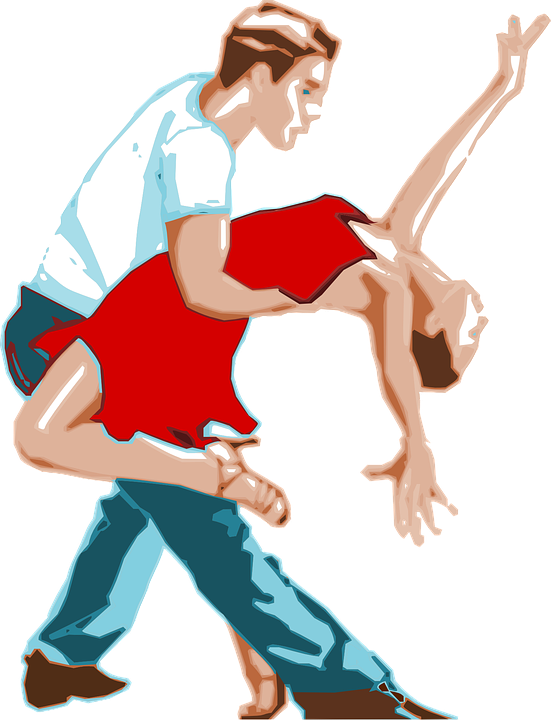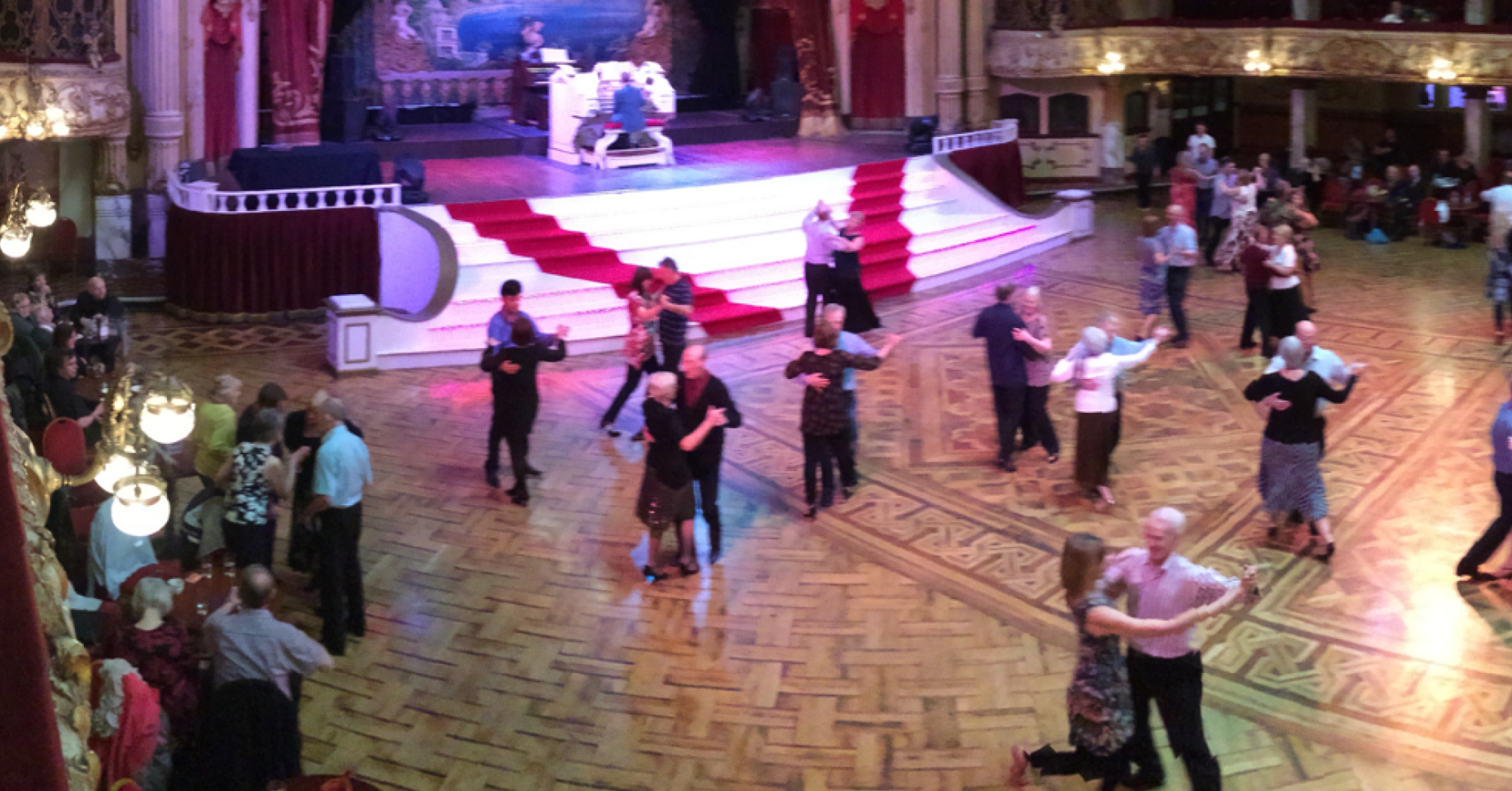we played with some simple exercises to get your hips moving as you travel in different directions. As these exercises start to sink in, you can apply some of the following techniques to smooth out the movement.

The balls of the feet carry the weight.
Place two tissues under each of your big toes. Try to move in each direction, without loosing the tissues. Your heels will rise and fall as you step, but the big toe and balls (the fleshy front part of the bottoms of your feet) are constantly in contact with the floor, giving you increased balance and control. As this becomes easier for you, start to slide forward with the inside edge of the foot, as it allows you to…
Brush the thighs.
As each knee bends, let it cross slightly in front of the opposite leg, leaving no gap in between.
Using the inside edge of your ball helps the knee cross and the thighs brush together, creating a nicer look and shape to the movement.
Never put weight on the inside edge; as your weight transfers onto the foot, let it roll flat onto the ball and toes, with the heel just ‘kissing’ the floor. Putting your weight on the edge of your foot is like propping a stick on an angle and leaning on it – sooner or latter, something will break.
Heel, weight, knee, hip
Here’s a more detailed look at what you do when stepping out in any direction:
- ’Mark’ the territory your weight is traveling to with the inside edge of the ball of your foot.
- Transfer your weight (rolling onto the flat ball and toes as you do) completely over the ball of the foot, remembering to keep the knee bent.
- Begin straightening the knee, starting the hip roll back.
- Settle the hip. The goal is to relax the hip muscles enough to let the hip move slightly out and back, creating a circular shape, but keeping enough tension so the weight is carried by the muscles, not the hip joint. Don’t completely relax the hips (try it once so you know what that feels like). This is called dumping, and can seriously damage your joints over time.
Try each of the four steps in order, slowly.
You’ll notice that each step blends into the next (for example, you you’ll start settling the hip before the knee finishes straightening). Correctly moving through each step on one foot, then the other, will give your hips a nice figure 8 movement, shown below:
Putting it in a dance
I recommend practicing with beginner dance figures like a rumba box, a cha cha basic, or some other combination that lets you work on all four directions. Cut out the music, and timing, and go slowly to make sure you’re doing it right.
Slowly increase the tempo, and start adding your quicks and slows. As you speed up, you’ll notice you can’t settle the hip as much on the quicks. That’s okay – as a general rule, Cuban motion will always be more accentuated on the slower steps.
Finally, when you’re dancing fast enough, add music and see if you can keep time. As always, be patient with yourself, and be prepared to back up a step or two if you find you’re trying to think about more than one thing at a time.
You start learning Cuban motion with a blank slate. It’s always easier to write on a fresh board then to write over something that was put there earlier. So do yourself a favour, and get it right the first time.
